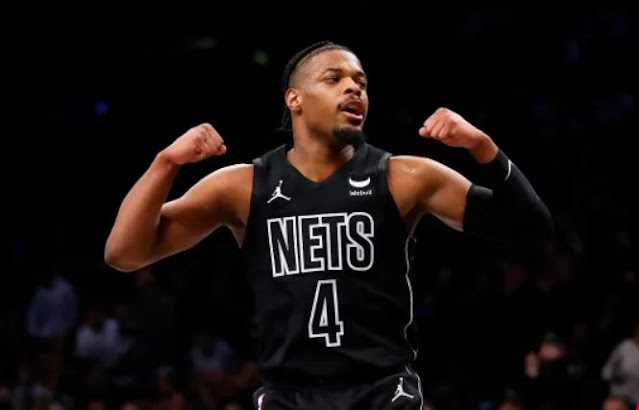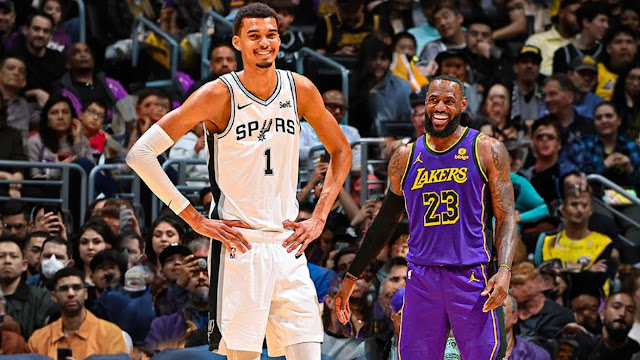Curry-less Warriors fall to rising Thunder
The Golden State Warriors faced the Oklahoma City Thunder on Wednesday night, aiming to rebound from two consecutive late-game collapses. Without Steph Curry, the Thunder seized control early, building a 19-point lead midway through the second quarter. They maintained momentum and entered halftime with a 12-point advantage at San Francisco’s Chase Center.
The Warriors rallied in the third quarter, spurred by Jonathan Kuminga and Brandin Podziemski. Their efforts helped the Warriors outscore the Thunder 33-22 in the quarter, reducing the deficit to just one point heading into the fourth. This set the stage for a potential comeback as Golden State even briefly took the lead.
However, the Thunder’s Shai Gilgeous-Alexander proved decisive in the fourth quarter, scoring 12 of his game-high 35 points to secure a 105-101 victory. Despite Golden State’s efforts, they couldn’t overcome the Thunder’s strong finish. Kuminga led the Warriors with 19 points in his return, while Draymond Green recorded a double-double with 10 points and 13 rebounds. Other Warriors players, including Andrew Wiggins and Kyle Anderson, also contributed with double-digit scoring.
This defeat extended Golden State's losing streak to three games. They now have a two-day break to regroup before starting a two-game road trip against the Phoenix Suns on Saturday.
How can the GSW Keep Up with Younger Teams
To stay competitive with younger and more athletic teams in 2025, the Golden State Warriors must rely on both their experienced core and an ability to adapt to the league's evolving demands. At the heart of this effort is the development of their younger players, such as Jonathan Kuminga, Moses Moody, and Brandin Podziemski. These players need more consistent opportunities to grow and contribute meaningfully.
The Warriors’ iconic motion offense remains effective, but evolving it to include more modern elements will be crucial. Incorporating a higher volume of pick-and-roll actions, especially with Stephen Curry’s elite ball-handling and decision-making, can create new offensive opportunities. This adjustment would not only maintain unpredictability but also maximize mismatches against younger, faster defenses. By embracing more pace-and-space principles, they can also create better shot opportunities for both veterans and younger players who thrive in up-tempo systems.
Defensively, the Warriors must find ways to compensate for the declining athleticism of key veterans like Draymond Green. Building a team identity around defensive versatility is essential. This could mean acquiring or developing players who can guard multiple positions and adapt to the faster, more transition-heavy play of today’s NBA. Team-oriented defensive strategies, built on communication and collective effort, can help maintain their reputation as a top defensive unit despite any individual regression.
Preserving the health and effectiveness of Curry and Green is also critical. Strategic load management throughout the regular season can ensure these stars are at their best when it matters most in the playoffs. However, this approach requires the younger roster members to step up during the regular season, gaining valuable experience and confidence. The balance between preserving the veterans and empowering the younger players is key to sustaining both short- and long-term competitiveness.











